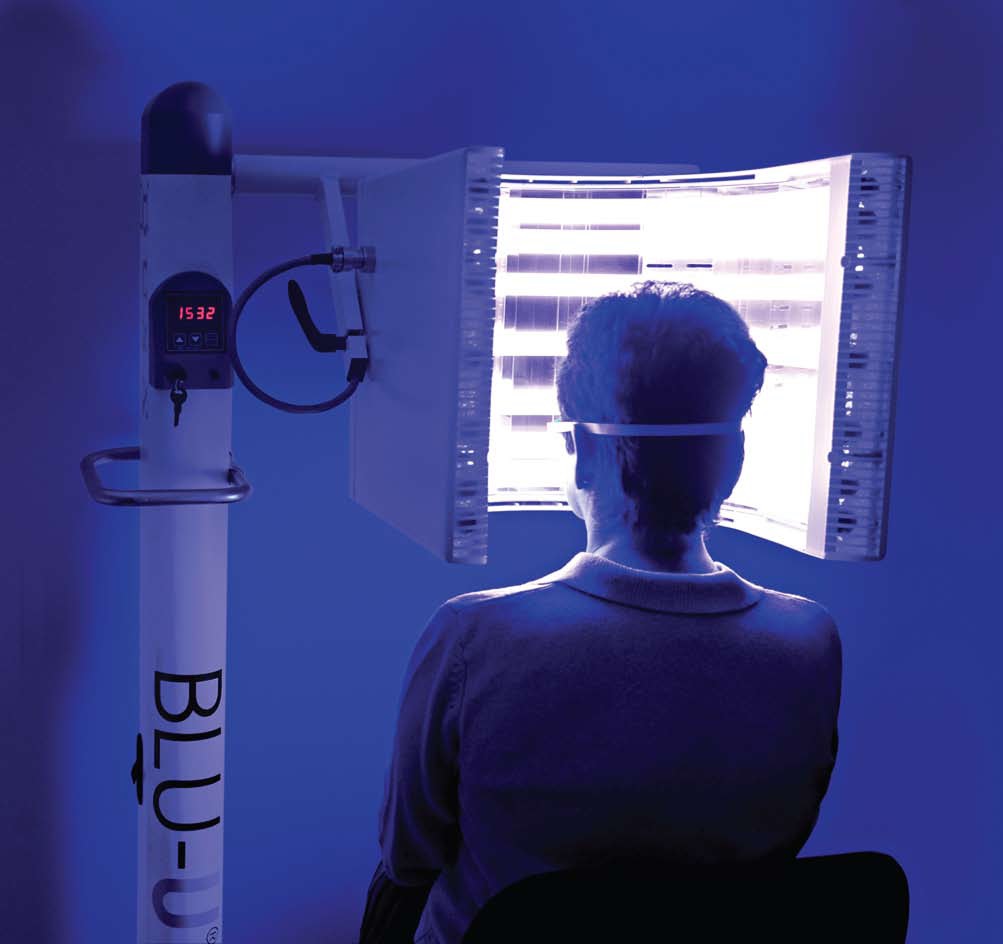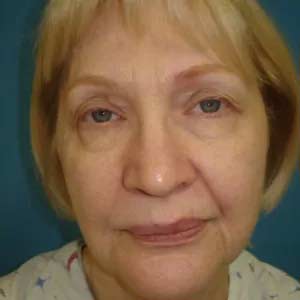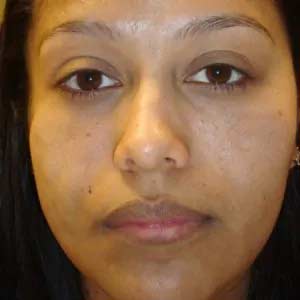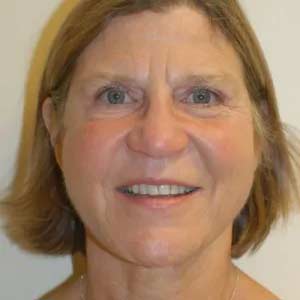Photodynamic Therapy Treatment
Conveniently located to serve the areas of Danville, Walnut Creek and Manteca, CA

Photodynamic Therapy for Precancers
As a Center for Skin Cancer Diagnosis and Treatment, the Gladstone Clinic offers Photodynamic Therapy for the treatment of precancers.
Photodynamic therapy (PDT) is an FDA approved treatment that is used in many fields of medicine. In dermatology, it is used primarily for the treatment of actinic keratoses—pre cancers—which can help reduce the incidence of skin cancer. Using a photosensitizing liquid and a light, it is minimally invasive. It is a good addition to the standard liquid nitrogen treatment (“freezing”) because PDT uniformly covers a broad area rather than spot treating. Unlike topical treatment such as Effudex, it is generally 1-4 treatments per year. PDT is most commonly used on the scalp, face, chest, arms.
Traditionally, the photosensitizing liquid is applied to the desired area and is allowed to “incubate” for a set period of time. This can vary from 1-3 hrs depending on the site. The patient stays in the waiting room for this period. Following this incubation, the patient returns to one of the exam rooms, and a specialized light (Blu Light) is turned on over the specific area for 16 minutes. However, this protocol has caused significant discomfort during the treatment.
There have been several studies showing that if the incubation period is eliminated, and that the Blu Light is immediately performed from 30-90 minutes, then discomfort is minimal. There still can be some minor stinging sensation during and after the treatment. It is advised to take two Tylenol or Advil before the procedure.
Because the photosensitizer is still very active for approximately 48 hours, it is very important to protect against sun exposure or inadvertent fluorescent light exposure. This will cause the treated area to become very red with crusting-like a bad sunburn. There have even been incidences of the light from a cell phone held to closely to a treated face causing a reaction. IT IS IMPORTANT THAT THE PATIENT BRINGS A BROAD BRIMMED HAT TO THE TREATMENT AND BE VERY CAREFUL WITH SUN EXPOSURE AND OUTDOOR ACTIVITIES FOR AT LEAST TWO DAYS FOLLOWING THE TREATMENT. Sunscreen will not protect the treated areas of your skin against sensitivity to light.
Though PDT is an effective treatment, most patients will require at least a repeat treatment 1-3 months after the first treatment, and may require several treatments per year to achieve optimal results.
Medicare covers PDT, though for private insurances the treatment needs to be approved. The Gladstone Clinic will help with this approval. Though PDT can be used as an adjunct treatment for some forms of acne, this is not covered by insurance. Because PDT results in smoother skin, it can be used as a cosmetic treatment, but this will not be covered by insurance. To schedule an appointment, please call our office at 925-837-6000
In-office Painless Aminolevulinic Acid Photodynamic Therapy
A Proof of Concept Study and Clinical Experience in More Than 100 Patients
Put your mind at ease with early screening for any skin lesion that you suspect might be dangerous or you are worried about. The Gladstone Clinic led by Dr. Hayes B. Gladstone, MD provides comprehensive screening, surgery, and treatment for skin cancer for residents of San Ramon, Danville, Pleasanton, Manteca, San Francisco, and the surrounding communities in California. Please contact us today to schedule a skin cancer screening.








